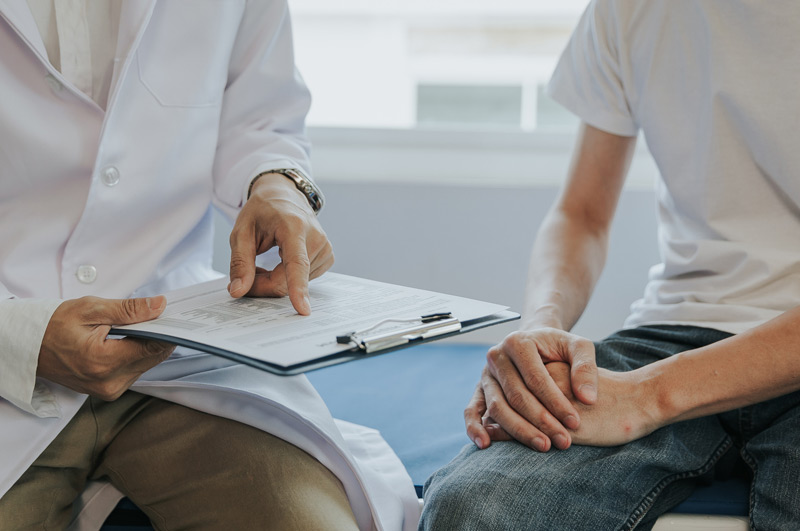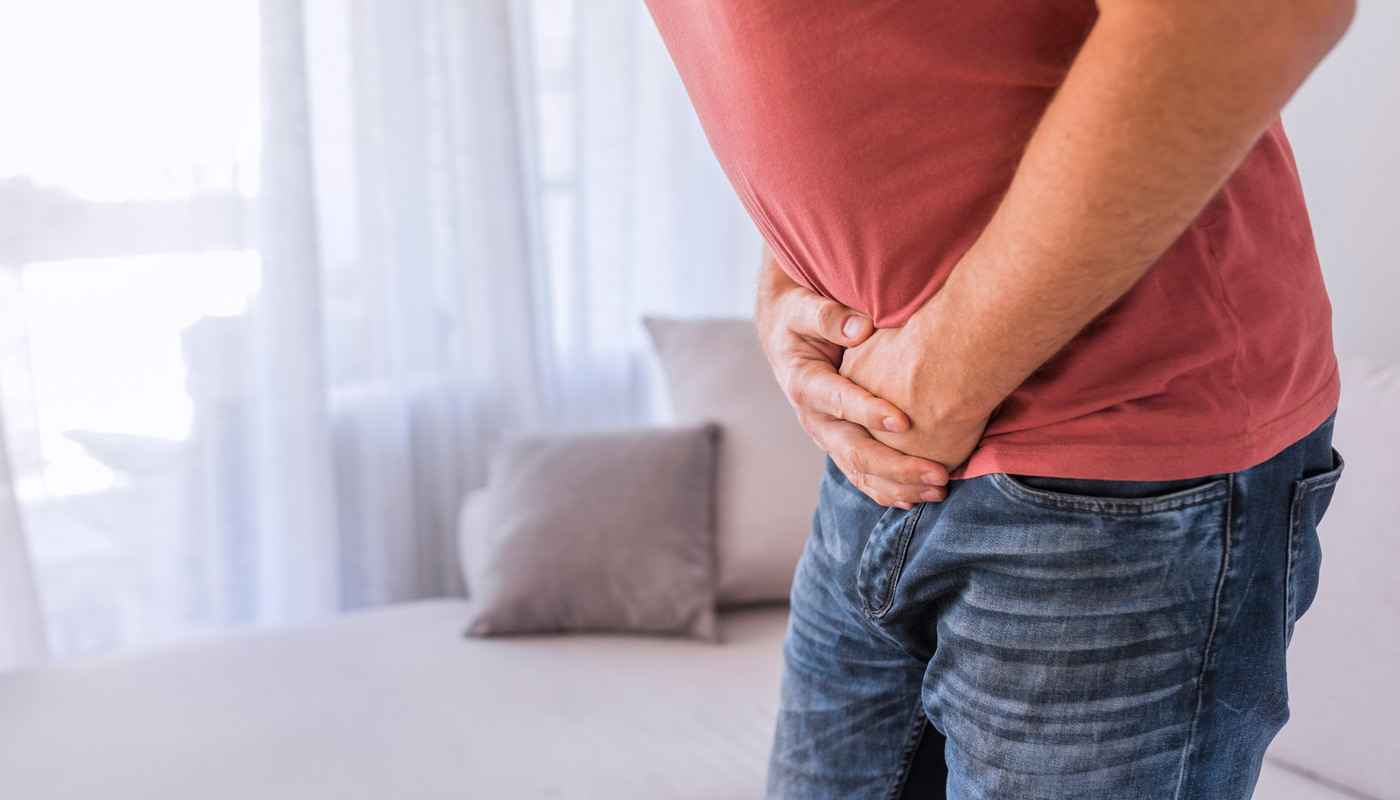Treatment for urinary incontinence may include lifestyle adjustments, medical devices, bulking agents, medication, surgery, and electrical nerve stimulation. There are two main types of urinary incontinence:
Stress Incontinence: Triggered by actions like sneezing or lifting that put pressure on the bladder.
Urge Incontinence: Characterized by a sudden, uncontrollable urge to urinate.
Lifestyle Changes
Altering daily habits can alleviate symptoms for urinary incontinence. Patients can maintain a bladder diary to track daily fluid intake, activities leading to leakage, and frequency of urination. Physicians will use this diary to develop a schedule to help patients gradually extend the time between bathroom visits, thereby improving bladder control and reducing symptoms.
Pelvic floor exercises, or Kegel exercises, effectively strengthen the pelvic floor muscles. Patients learn to tighten and relax these muscles to help control urine flow. Urgency suppression techniques, such as deep breathing, mental distraction, and Kegel exercises, help manage sudden urges to urinate.
Quitting smoking is crucial for improving urinary incontinence symptoms. Smoking increases coughing, which can cause urine leakage and irritate bladder muscles.


Medical Devices
Urethral inserts and vaginal pessaries are two more treatment options for stress incontinence. A urethral insert is a disposable device that prevents leakage during activities, while a vaginal pessary supports the urethra to provide stability.
Bulking Agents and Medication
Bulking agents, injected in a doctor’s office, plump tissue around the urethra to increase pressure inside the urethra and reduce urinary leakage. These are suitable for patients with stress urinary incontinence.
Medications can help reduce bladder spasms when there is overactive bladder.
Surgery
If conservative treatments don’t relieve urinary incontinence, surgery might be necessary:
Sling Procedure: The surgeon uses mesh and/or tissue to create a supportive hammock for the urethra. This surgery is done under general anesthesia, and patients can go home the same day.
Retropubic Colposuspension: The surgeon stitches tissues to lift and support the urethra

Electrical Nerve Stimulation
Urge incontinence can be treated with electrical pulses that stimulate the bladder to alter its behavior. Two surgical options are:
Sacral Nerve Stimulation: Once the patient is sedated, a stimulator is implanted under the skin in the lower back, sending electrical impulses to block bladder signals and increase blood flow, strengthen pelvic muscles, and release pain-blocking agents. A test can be done in the office called a peripheral nerve evaluation (PNE) to see if this therapy works prior to implanting the device.
Tibial Nerve Stimulation: A stimulator activates the tibial nerve, sending signals to the spine that affect bladder control nerves.
Choose UCI Pelvic Health Center
If you are struggling with urinary incontinence, the UCI Pelvic Health Center offers comprehensive and compassionate care tailored to your unique needs. Our expert team is dedicated to helping you regain control and improve your quality of life. We provide a wide range of treatment options, including lifestyle modifications, pelvic floor exercises, urethral bulking agent injections, medical devices, and cutting-edge procedures like sling procedures and electrical nerve stimulation.
At UCI Pelvic Health Center, we understand that urinary incontinence can be a sensitive issue. Our experienced specialists will work closely with you to develop a personalized treatment plan, addressing both stress and urge incontinence. With advanced diagnostic tools and the latest treatments, we aim to deliver effective results and lasting relief.

